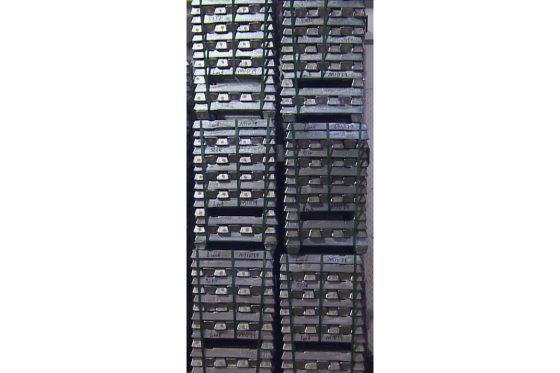Alloys of this and similar compositions are rather difficult to machine. This is due firstly to their tendency to drag and secondly to the rapid tool wear caused by the high silicon content.
Carbide-tipped tools with large rake angles and relatively low cutting speeds give comparatively good results. A cutting lubricant and coolant should be employed.
Suitable for marine ‘on deck’ castings, water-cooled manifolds and jackets, motor-car and road transport fittings; thin sections and intricate castings such as motor housings, meter cases and switch-boxes; for very large castings, e.g. cast doors and panels where ease of casting is essential; for chemical and dye industry castings, e.g. pump parts; for paint industry and food and domestic castings. In general use where marine atmospheres or service conditions make corrosion resistance a matter of major importance. Especially suitable for castings that are to be welded. The ductility of LM6 alloy enables castings to be easily rectified or even modified in shape, e.g. simple components maybe cast straight and later bent to the required contour – equally adaptable for sand and permanent mould castings and for diecastings.
The aluminium-silicon alloys possess exceptional casting characteristics, which enable them to be used to produce intricate castings of thick and thin sections. Fluidity and freedom from hot-tearing increase with silicon content and are excellent throughout the range. Their resistance to corrosion is very good, but special care is required in machining. In general, the binary alloys are not heat-treated; at elevated temperatures their strength falls rapidly.
Although of medium strength, their hardness and elastic limit are low but they possess excellent ductility.

